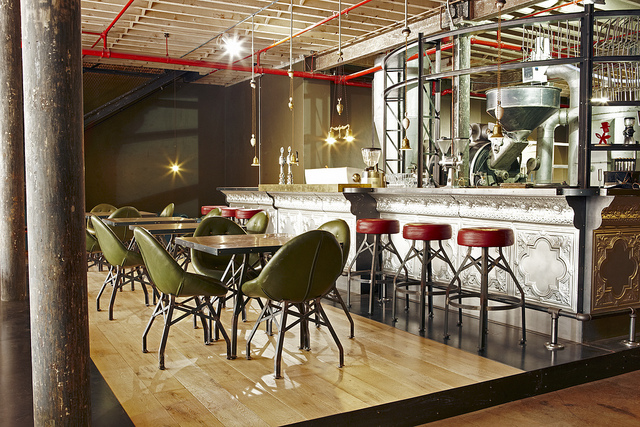Using Reclaimed Timber in Your Home
 Thinking about remodeling or building something from scratch? Chances are that you may have considered the integration of reclaimed timber from deconstructed homes into your final product, for reasons ranging from wanting to be environmentally sensitive to creating an authentically aged look to incorporating character into your home. The trade in recycled lumber products is growing every year, especially as they crop up in high-end design intended to appeal to serious consumers, but before you plunge into it, you should know what you're getting -- and what you're not getting.
Thinking about remodeling or building something from scratch? Chances are that you may have considered the integration of reclaimed timber from deconstructed homes into your final product, for reasons ranging from wanting to be environmentally sensitive to creating an authentically aged look to incorporating character into your home. The trade in recycled lumber products is growing every year, especially as they crop up in high-end design intended to appeal to serious consumers, but before you plunge into it, you should know what you're getting -- and what you're not getting.
There are a number of structural advantages to using reclaimed timber in your home. Historic wood is more likely to come from old growth trees with close-grained, stout wood. Dimensional lumber is also true to its advertised dimensions, and because wood was cheap and plentiful, you can access huge beams and other pieces of timber that are difficult if not impossible to get today. Furthermore, you can get access to beautiful molding and trim featuring the amazing skills of New York carpenters who worked by hand 100 years ago...or even more, in some cases.
However, it also comes with downsides. It's been hanging out in all elements for decades, and that means it could have warped or rotted. Dry rot and insect infestation may be present, along with deeply buried nails, lead paint, asbestos, and other contaminants. Companies that process reclaimed timber need to treat it carefully before they can sell it, and you need to verify that it's been handled correctly.
Theoretically, using reclaimed timber is environmentally friendly, particularly when compared to using new wood. If you're putting in wooden stair treads, for example, you'd have to cut down a tree for the new wood, creating a new carbon debt, whereas reclaimed timber comes from a tree that was already cut down. However, it's not that simple. The costs of processing and shipping the wood could make it more environmentally costly than new timber, so it's important to follow the supply chain and understand what you're getting when you buy recycled wood.
Being flexible when it comes to the type of timber you buy opens up more options (if you want something specific, there's a limited supply of it, and consequently your wood may be more heavily processed and may have to travel further to reach you, as wood recyclers eke every last board out of historic buildings). Better yet, try to buy local, purchasing lumber from homes and other buildings torn down in your area, and if you really want to bring it full circle, use wood from your own home. If you're remodeling a historic structure, use a team that specializes in carefully removing and preserving wood so you can integrate it back into the finished project.
It can be fantastic to integrate a sense of history into a home, but consider the implications of doing so. If you're using teak shipped from Southeast Asia, for example, is that really a sustainable choice? If you're going for sheer looks and history, reclaimed timber opens up amazing opportunities, including woods you can't access new today, historic wood with amazing grain, texture, and feel, and so much more. If you want to go green with your construction, though, your options will be more limited in nature, and you may have to be more creative about how you remodel.
Katie Marks writes for Networx.com.
Looking for a Pro? Call us (866) 441-6648

Remodeling Average Costs
Remodeling Contractors Experiences

Make Your Remodel Work With Great Ideas And Pro Construction

We Finally Extended Our Concrete Patio And Our Yard Looks Amazing



